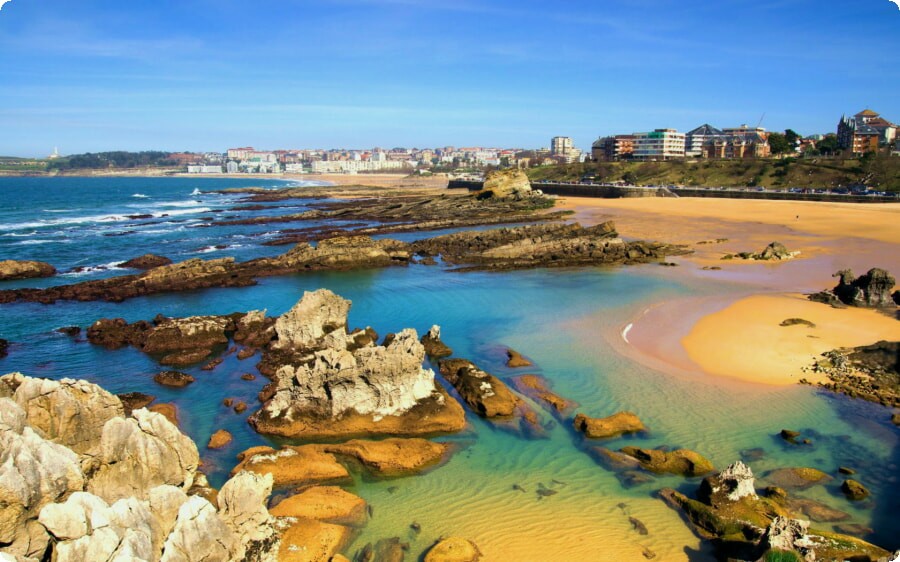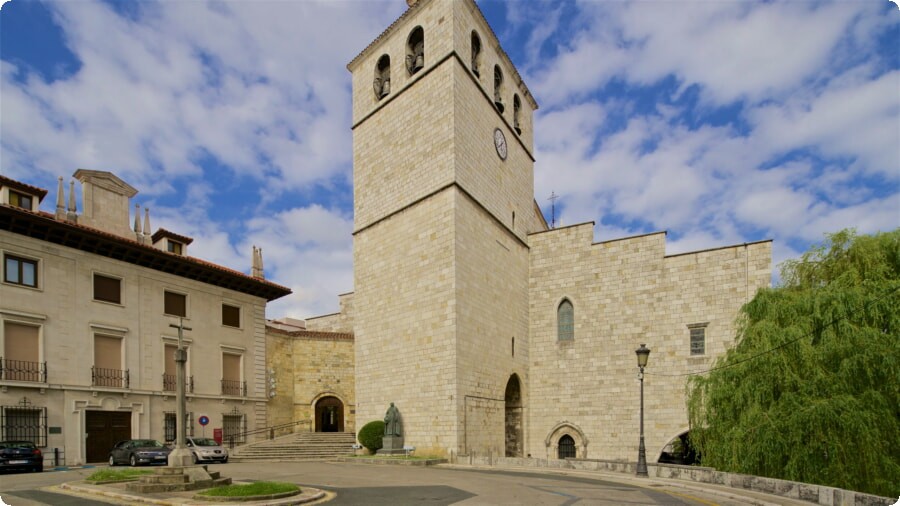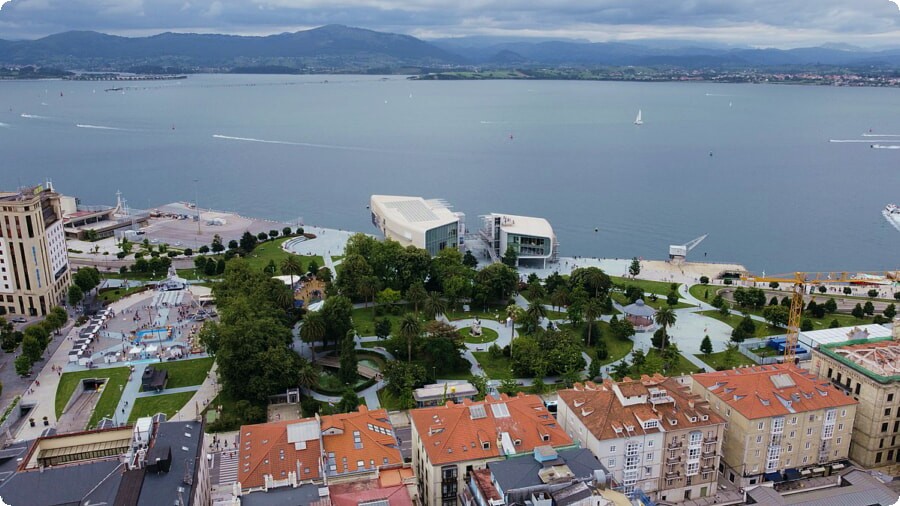Historic Treasures: A Walk Through Santander's Architectural Heritage
Located along Spain's northern coastline, Santander is a city that presents a captivating blend of natural beauty and urban sophistication. What makes this city truly fascinating is its rich architectural heritage— a testament to its layered history. A stroll around the city promises a visual sequence of majestic palaces, noble houses, grand churches, and more, all narrating a distinct story.

Those passionate about architecture and history would find Santander a spellbinding place to explore. To make the most out of your visit, consider booking an excursion or a theme tour to ensure you don't miss out on any gems. Here, we journey through some of the city’s iconic, architectural highlights.

Santander Cathedral
Santander Cathedral is a stunning display of gothic structural design that dominates the city skyline. Sitting on a hill above the city, the Cathedral fascinatingly combines two churches—the lower church of the Christ and the upper cathedral church—each differently representing the Gothic style. The Cathedral, initially built in the 13th-century as an abbey church, got its cathedral status in the 18th-century after a series of reconstructions, restorations, and extensions.

Make sure to explore the cloister and the crypt, where the tomb of Marcelino Menéndez Pelayo, a renowned Spanish scholar, is located. The cathedral's tower grants striking panoramic vistas of the city. Check out its location on Google Maps.

Museo de Prehistoria y Arqueología de Cantabria
The historical journey of Santander, nonetheless, begins way back before the 13th-century. And there's no better place to discover that than the Museo de Prehistoria y Arqueología de Cantabria (MUPAC). As an extensively comprised provincial archaeology museum, MUPAC showcases artifacts dating back to the Lower Palaeolithic age. The Museum's well-displayed collection stretches through prehistory and history, exploring various cultures that have marked the region over time.

Palacio de la Magdalena
Undoubtedly one of the most representative architectural icons in Santander is the Palacio de la Magdalena. This early 20th-century English-style palace, located on the summit of the Magdalena Peninsula, served as the seasonal residence for the Spanish royal family until 1930. While the interior invites visitors with its grandeur, the Palace, surrounded by gardens and overlooking the sea, is an architectural gem to appreciate from outside.

You can not only tour the palace but also enjoy the surrounding park, brimming with exotic wildlife, sculpture gardens, and two notable pavilions. Don't miss out on the Miniature Santander city display and the open-air marine museum. To find it on the map, click here.

Gran Casino Sardinero
Another architectural testament to Santander's 'Belle Époque' is the Gran Casino Sardinero. Overlooking the Sardinero Beach, the eclectic Casino building, inaugurated in 1916, reflects the city’s seaside resort past. Adorned with crystal grills, spectacular ceilings, and a staircase embraced by two antique lamps, the casino still functions, hosting social events and cultural activities.

Puerto Chico and Paseo de Pereda
Puerto Chico is a traditional and picturesque neighborhood representing the maritime soul of Santander. With its fishing port and old sailor's houses, the district offers a contrasting setting to the modern city structure, allowing one to catch a glimpse of the city's yesteryears. An evening stroll here, along the waterfront, is something you wouldn't want to miss.

The Paseo de Pereda y Muelle, a maritime boulevard, is lined by elegant buildings featuring the regionalist architecture style of the 20th-century. Here, you’ll find Casa Pardo or the Casa de Menéndez Pelayo along with a row of other impressive residential and commercial buildings.

The Town Hall – Ayuntamiento
The Town Hall building, dating back to the beginning of the 20th-century, is one of the finest examples of civil architecture in Santander. The Regionalist-style building, situated in Plaza del Ayuntamiento, impresses with its Basque-Navarre influences. Interestingly, it was reconstructed after the catastrophic fire in 1941 that destroyed large parts of the city.

Santander’s architectural landscape offers so much more to appreciate than what we can fit within this single narrative. From Parque de las Llamas to Museo Marítimo del Cantábrico, or from Faro de Cabo Mayor Lighthouse to the Constitutional Obelisk— each site offers a different angle through which you can explore this wonderful city.

To truly take in the beauty and understand the historical significance of these architectural wonders, make sure to book an excursion or a theme tour. Allow expert guides to narrate the compelling stories behind these structures, enriching your Santander experience even further.